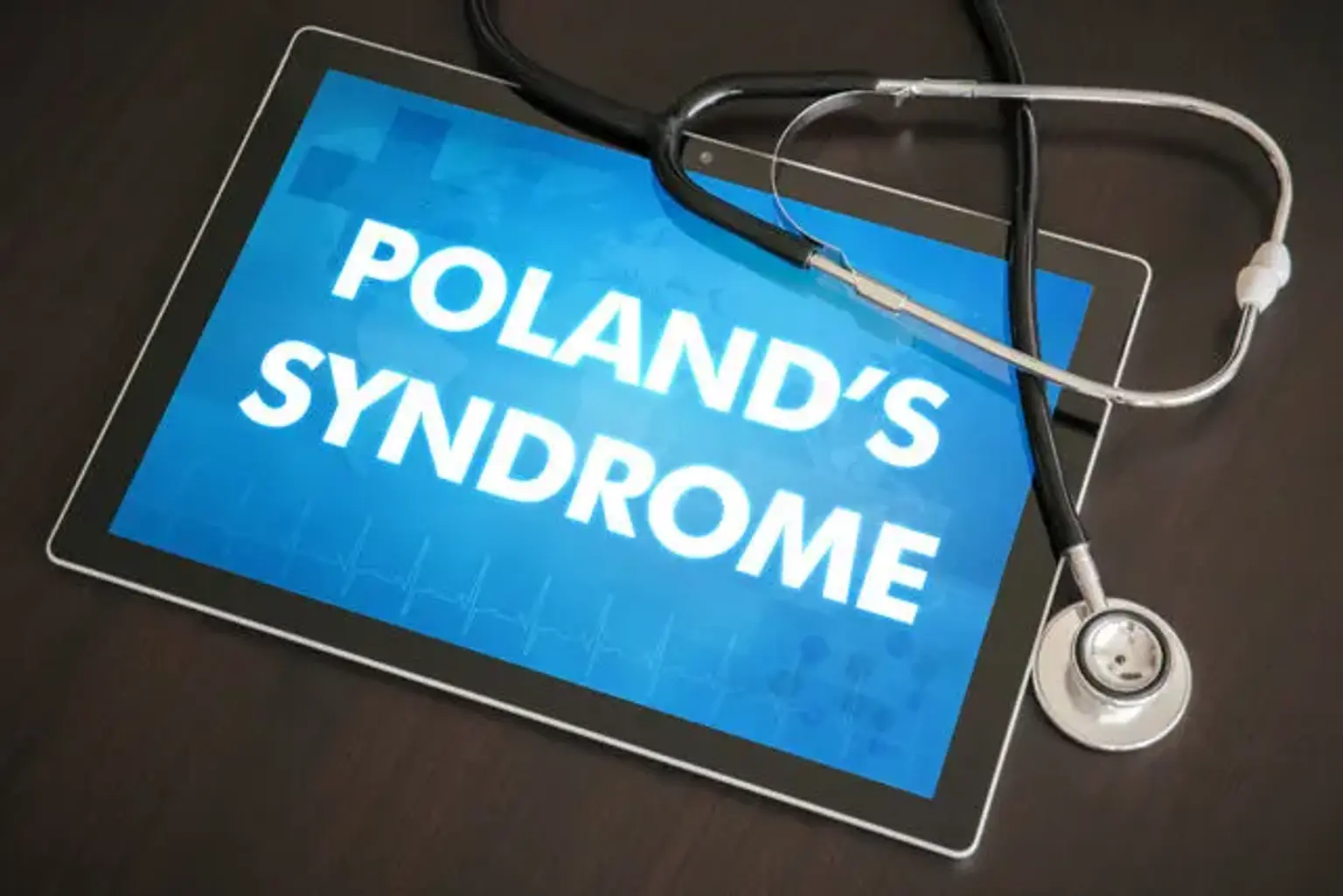Introduction
Poland Syndrome is a rare congenital condition where there is underdevelopment or absence of muscles on one side of the chest, most often affecting the pectoralis muscle. This results in visible chest deformity and, in some cases, breast asymmetry. It can also affect the ribs, and, in some instances, the hand on the same side of the body.
Who is affected?
Poland Syndrome is typically seen in males more than females, with its onset occurring during fetal development. It is believed to result from vascular insufficiency or interruption in blood flow during early stages of pregnancy.
Key Symptoms
Chest wall deformity (missing or underdeveloped muscles)
Breast asymmetry (particularly in women)
Missing or underdeveloped fingers in some cases
While Poland Syndrome varies in severity, it often leads to self-esteem and body image issues, especially due to the noticeable asymmetry.
What is Poland Syndrome Reconstruction?
Poland Syndrome reconstruction refers to a set of surgical procedures designed to correct the deformities caused by the condition. The goal of surgery is to restore symmetry, improve chest wall appearance, and, in some cases, reconstruct the missing or underdeveloped pectoral muscles or breast tissue.
